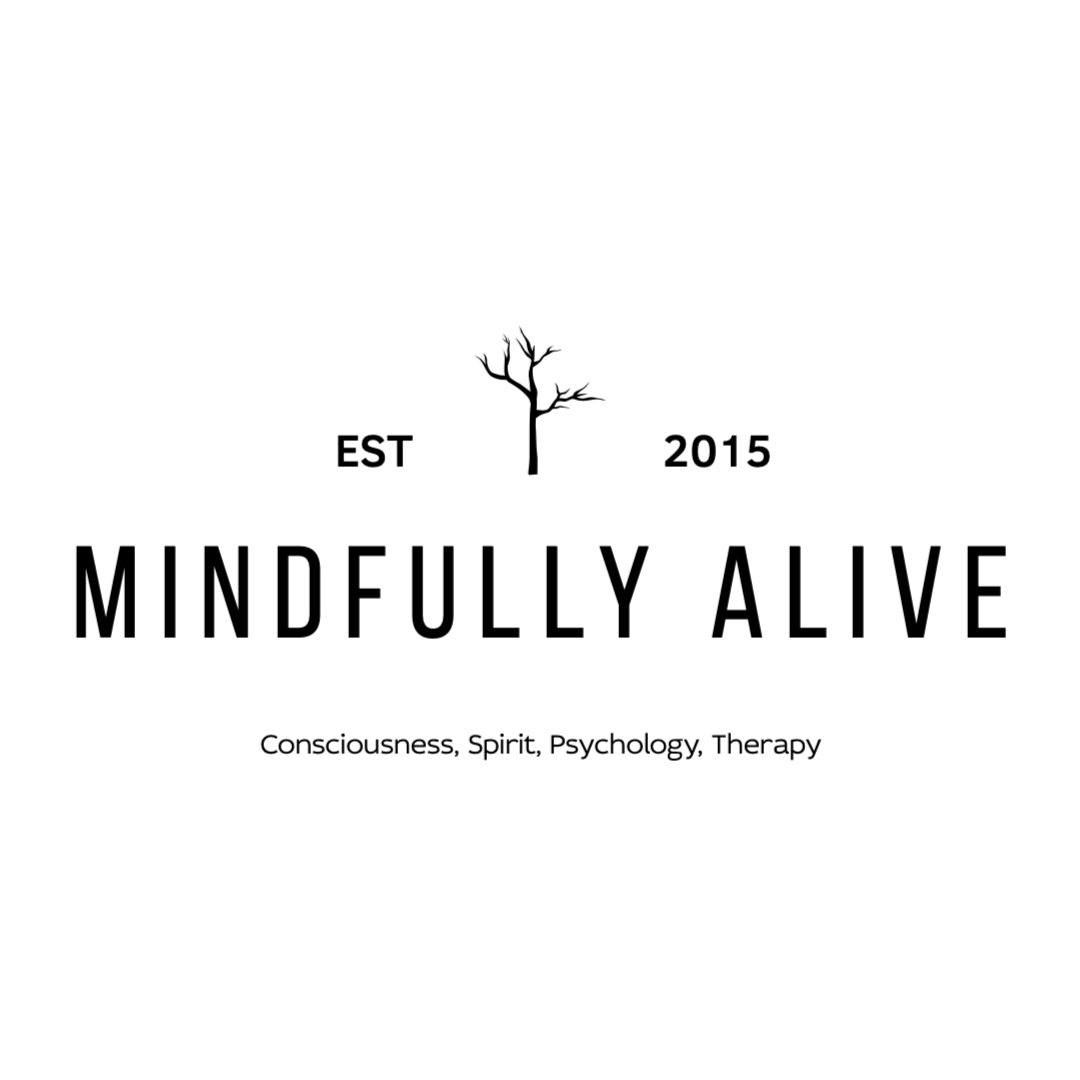Defining the shadow
 What follows you with the pull of the sun and stays with you even when the day is done? Allow me to introduce you to your shadow. While our shades typically only move with the presence of light, there may be some truth to the fairytale depictions of how influential and mischievous our shadows can sometimes be. “After all, one can’t leave his shadow lying about and not miss it sooner or later”-Peter Pan. Philosophically, spiritually, psychologically, our shadows are not just dark projections of us on the ground, but the dark depictions of ourselves that we internally, and sometimes intentionally, cast away from the light. Psychiatrist/psychotherapist Carl Jung, known in part for popularizing the exploration of shadow work in the western world, identified this part of our unconscious minds as the “disowned self”. The lonely, the broken, the angry, the envious, the rejected parts. But let’s be clear, these parts are not inherently wrong, negative, or bad just because they’ve been cast to this place. In fact, Jung often called our disowned and repressed greatness the “Golden Shadow”, representing the bright qualities that you admire in others and have rejected within yourself. Ultimately, each of these patterns stem from a deep and primal part of our persona that are seeking love, care, and protection.
What follows you with the pull of the sun and stays with you even when the day is done? Allow me to introduce you to your shadow. While our shades typically only move with the presence of light, there may be some truth to the fairytale depictions of how influential and mischievous our shadows can sometimes be. “After all, one can’t leave his shadow lying about and not miss it sooner or later”-Peter Pan. Philosophically, spiritually, psychologically, our shadows are not just dark projections of us on the ground, but the dark depictions of ourselves that we internally, and sometimes intentionally, cast away from the light. Psychiatrist/psychotherapist Carl Jung, known in part for popularizing the exploration of shadow work in the western world, identified this part of our unconscious minds as the “disowned self”. The lonely, the broken, the angry, the envious, the rejected parts. But let’s be clear, these parts are not inherently wrong, negative, or bad just because they’ve been cast to this place. In fact, Jung often called our disowned and repressed greatness the “Golden Shadow”, representing the bright qualities that you admire in others and have rejected within yourself. Ultimately, each of these patterns stem from a deep and primal part of our persona that are seeking love, care, and protection.
Identifying your shadow
 The scientific method teaches us that the first step in resolving any issue is observing the problem and becoming curious about it— the same is true for shadow work. “Until you make the unconscious conscious, it will direct your life and you will call it fate” – Carl Jung. So, in order to integrate all of your parts, it’s important to discover which of them have been discarded in the first place. Here’s one way of beginning to familiarize yourself with your shadow. First, consider, what are the positive qualities or attributes that you can identify within yourself? Then, review these concepts and develop the reciprocals— or opposite— characteristics of each of these qualities. Finally, conceptualize all of those contrasting traits as a person, and there you’ll be introduced to your shadow self.
The scientific method teaches us that the first step in resolving any issue is observing the problem and becoming curious about it— the same is true for shadow work. “Until you make the unconscious conscious, it will direct your life and you will call it fate” – Carl Jung. So, in order to integrate all of your parts, it’s important to discover which of them have been discarded in the first place. Here’s one way of beginning to familiarize yourself with your shadow. First, consider, what are the positive qualities or attributes that you can identify within yourself? Then, review these concepts and develop the reciprocals— or opposite— characteristics of each of these qualities. Finally, conceptualize all of those contrasting traits as a person, and there you’ll be introduced to your shadow self.
Befriending your shadow
 When we consider relationships, the initial introduction provides an impression that allows us to form theories and opinions about a person— as they are and how they may exist in the context of our lives. We want to apply the same philosophy as we start to befriend our shadow. This may start with just observing our behavior and generating more awareness around our responses. Do we feel quick to act, impulsive, resentful, resistant, judgmental? Do we feel open, curious, excited, secure, hopeful, free? Notice these sensations and when they arise within you. The more aware we become of our shadows’ presence, the more control we have over its application. In other words, the better we understand the “dark” parts of ourselves, the easier it becomes to utilize their energy, effort, and values in a way that allows us to live with authenticity and integrity.
When we consider relationships, the initial introduction provides an impression that allows us to form theories and opinions about a person— as they are and how they may exist in the context of our lives. We want to apply the same philosophy as we start to befriend our shadow. This may start with just observing our behavior and generating more awareness around our responses. Do we feel quick to act, impulsive, resentful, resistant, judgmental? Do we feel open, curious, excited, secure, hopeful, free? Notice these sensations and when they arise within you. The more aware we become of our shadows’ presence, the more control we have over its application. In other words, the better we understand the “dark” parts of ourselves, the easier it becomes to utilize their energy, effort, and values in a way that allows us to live with authenticity and integrity.
Integrating your shadow
 The first and last step of this process are essentially the same but present differently, both equating to acceptance. First, we had to accept that there was a problem (shadow) that needed resolving (integration). After identifying and befriending this issue, its now up to you, on an individual and deeply personal level, to decide how to you want to accept and incorporate this part of yourself into your life. Like all relationships, maintaining a healthy one with your shadow will require a lot of negotiation. Which parts are serving us and which parts are not? Each part of you holds value and purpose— good and/or bad if you choose to quantify it that way. That means that even the darkest parts of your shadow have the ability to amplify OR decrease your quality of life. Explore the motivation behind these parts. What is it that you REALLY want?. And, ultimately, give yourself permission to be whole and create it.
The first and last step of this process are essentially the same but present differently, both equating to acceptance. First, we had to accept that there was a problem (shadow) that needed resolving (integration). After identifying and befriending this issue, its now up to you, on an individual and deeply personal level, to decide how to you want to accept and incorporate this part of yourself into your life. Like all relationships, maintaining a healthy one with your shadow will require a lot of negotiation. Which parts are serving us and which parts are not? Each part of you holds value and purpose— good and/or bad if you choose to quantify it that way. That means that even the darkest parts of your shadow have the ability to amplify OR decrease your quality of life. Explore the motivation behind these parts. What is it that you REALLY want?. And, ultimately, give yourself permission to be whole and create it.
Mindfulness tip: Shadow Work Prompts
Consider these questions in your journey of self-exploration:
- What is a trait you value in others that you wish you had? Why do not possess this trait?
- When do you feel/experience being “under pressure”? How intense does it feel? Where is the pressure coming from?
- What are your reactions to the “negative” emotions of others? How would you prefer to respond? What’s preventing that action?
- What are your core values? What do you feel passionately about?
- What do you need to forgive yourself for?
Quote: Wellness is the complete integration of body, mind, and spirit – the realization that everything we do, think, feel, and believe has an effect on our state of well-being- Greg Anderson






Be the first to reply